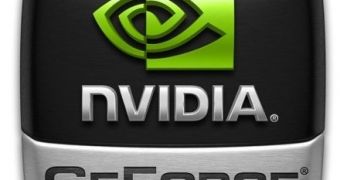If anyone was wondering whether or not NVIDIA was going to introduce some major changes with the upcoming Kepler GPUs, the latest report on the matter is a definite yes.
Granted, it was easy enough to guess that the next line of graphics products would go about things differently, being powered by a smaller manufacturing process than 40nm.
The use of the 28nm technology instead of the 40nm one is not the only big change though.
According to 3DCenter.org, there is at least one major product design and performance decision besides that.
While increasing the clock speed of the GPU, NVIDIA will be lowering the one of the shaders, CUDA cores as they are otherwise known.
They will no longer be subject to the “Hotclocks” principle that has dictated their frequencies over the past years.
Shaders are commonly programmed to operate at about twice as fast as the geometry domain (the rest of the GPU).
NVIDIA will abandon this model and just let them function at the same speed.
This won't actually cripple performance though, as the Santa Clara, California-based company means to drive the whole GPU, in the case of the GK104 at the very least, well over the 1 GHz mark.
It is this that will allow for single-card performance of beyond 2 TFLOPs (teraFLOPS).
In related news, as NVIDIA gets ready to slam the next GeForce consumer cards into the graphics segment, Advanced Micro Devices is deploying its Radeon HD 7000.
A Radeon HD 7970 ASUS Card actually got set up for pre-order not long ago and sales may commence as early as this month.
This will give the Sunnyvale company a head start of about three months (NVIDIA will unleash Kepler either in late Q1 or early Q2, 2012).
Now all that remains is to wait for the inevitable comparative reviews.

 14 DAY TRIAL //
14 DAY TRIAL //